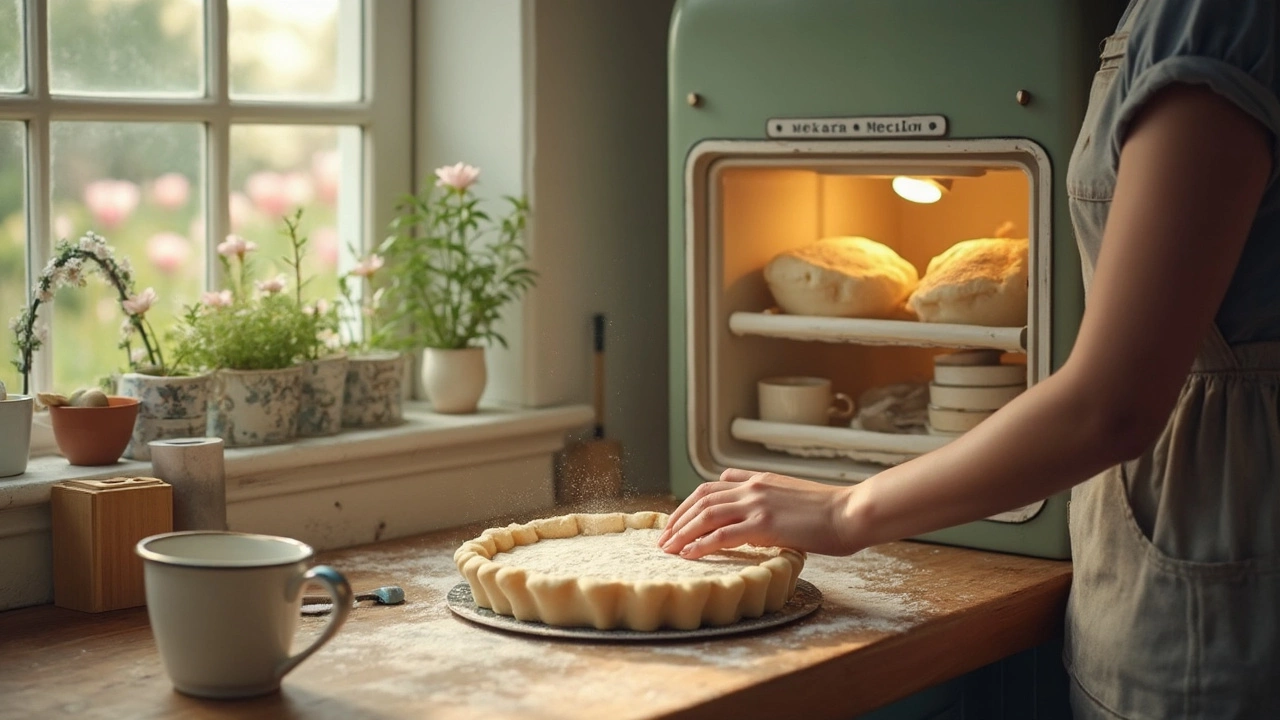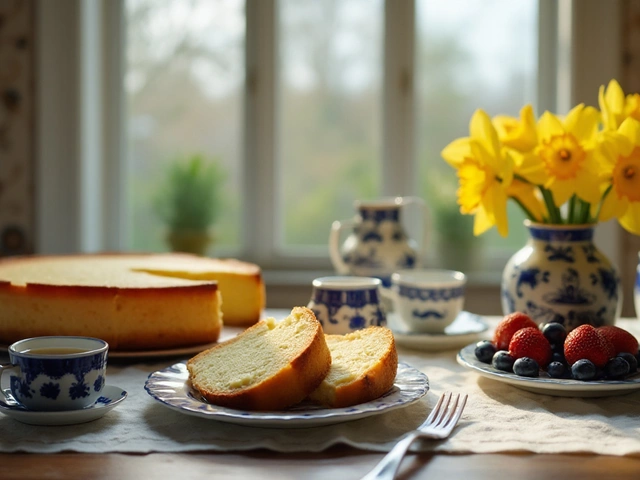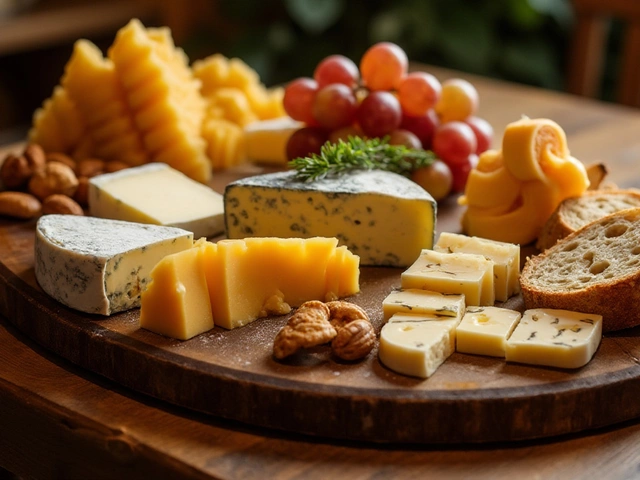Pastry Dough Basics: Tips, Tricks & Easy Recipes
If you’ve ever tried to make a tart or a flaky croissant and ended up with a tough mess, you’re not alone. The good news is that pastry dough is forgiving once you know the simple rules. Below you’ll find the must‑know ingredients, quick mixing tricks, and storage hacks that turn everyday dough into bakery‑level results.
Essential Ingredients & Mixing Methods
First up, keep it simple: flour, fat, water, and a pinch of salt. All‑purpose flour works for most shortcrusts, while pastry flour gives a lighter bite for puff. Use cold butter or shortening – the colder, the better – because solid fat creates those flaky layers when it melts in the oven.
When you combine the ingredients, don’t over‑mix. Toss the fat into the flour until the mixture looks like coarse crumbs, then add just enough ice‑cold water to bring it together. A few quick strokes with a pastry cutter or your fingertips are enough; you want visible bits of butter still peeking through.
For choux pastry (think eclairs), the method flips. You start with water, butter, and a pinch of salt, bring them to a boil, then whisk in flour. After the pan‑y of the dough, you cool it a bit before adding eggs one at a time. The result is a light, airy dough that puffs up without any leavening.
Storing and Using Your Dough
Once your dough is formed, wrap it tightly in plastic and chill for at least 30 minutes. This rest lets the gluten relax and the fat firm up, leading to a tender crumb. You can batch‑make dough, store it in the freezer for up to three months, and thaw it overnight in the fridge before rolling.
When you roll out shortcrust, keep the surface cool – sprinkle a bit of flour and chill the rolling pin if needed. For puff pastry, roll and fold the dough multiple times (the classic “turns”) to build layers. Each turn adds a buttery sheet, so handle it gently to avoid tearing.
Ready to bake? Preheat a hot oven (425°F/220°C for most pastries) and blind‑bake crusts with pie weights if you need a fully cooked base for fillings. For puff, watch the rise – it should double in size and turn golden. Choux needs steam, so splash a little water in the tray while baking; this helps the dough expand without cracking.
That’s it – the core of pastry dough in plain English. Stick to cold ingredients, don’t over‑work the dough, and give it time to rest. With these habits, you’ll move from soggy crusts to buttery, flaky perfection in no time. Happy baking!





